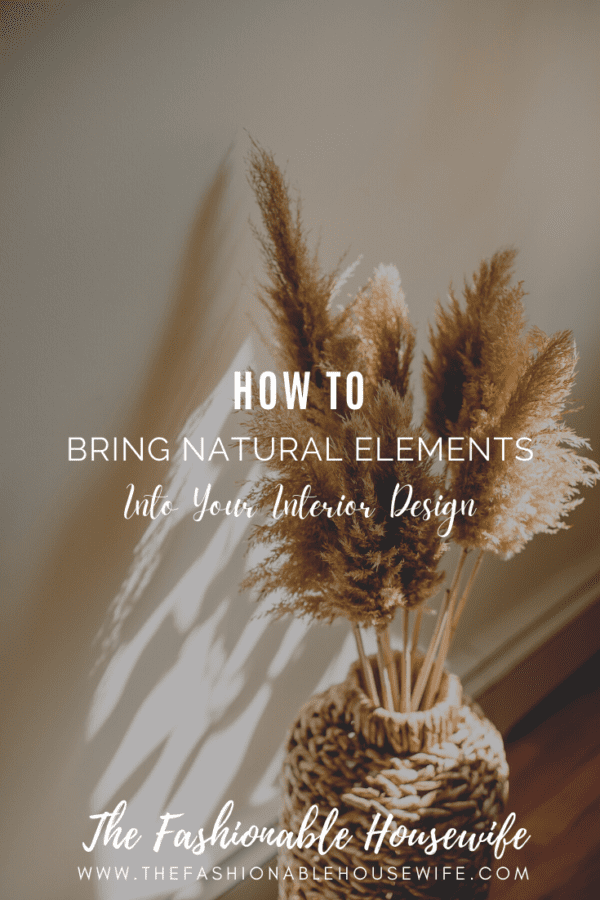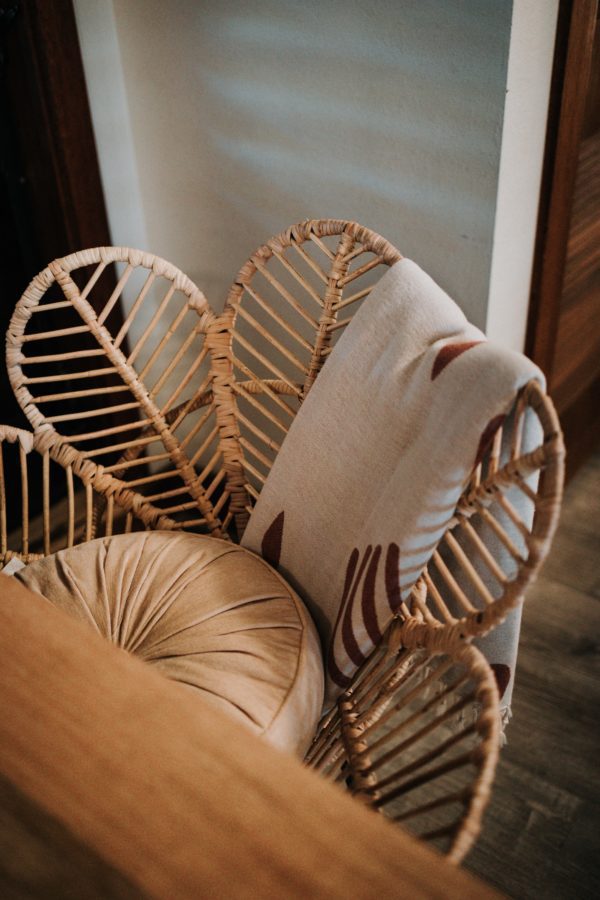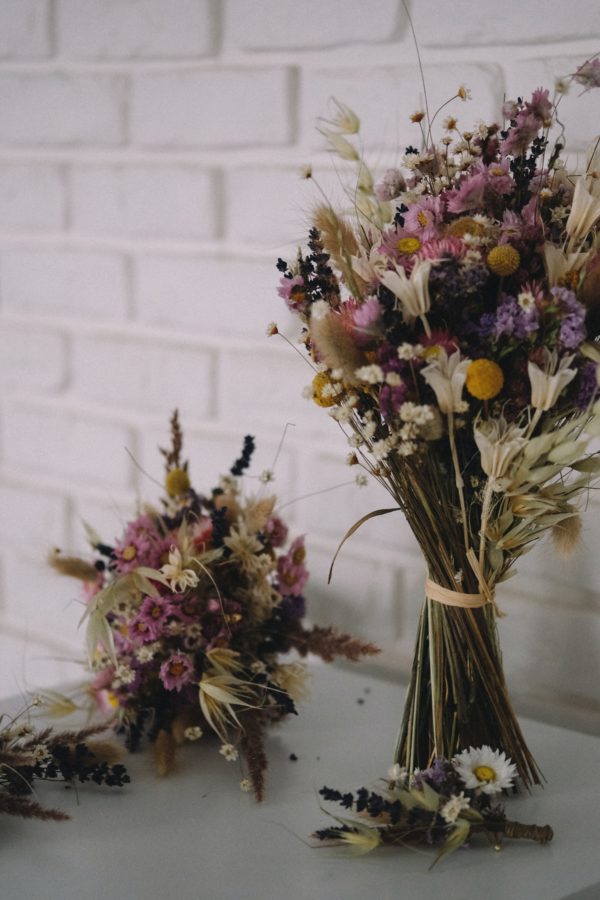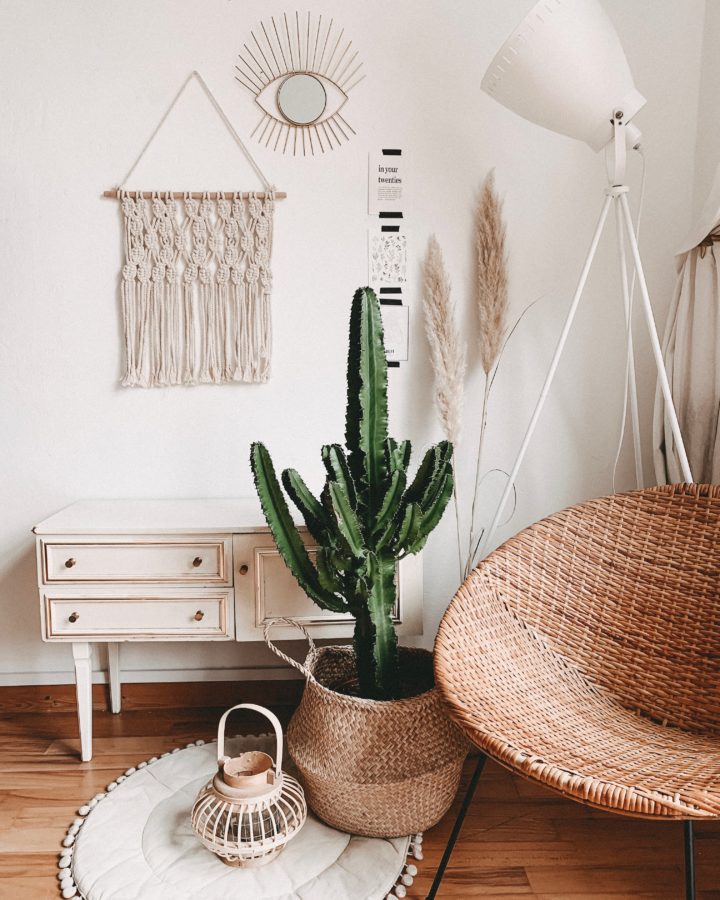
Stone, wood, grass, and jute are just some of the natural elements that can be used to great effect in the home. Indeed, there is nothing like the tactile feel or the organic lines of natural elements when they are used in interior design.
There are many benefits associated with using natural features in the home too, from creating a more relaxed and healthy environment in which to live to the fact that they provide incredibly robust and long-lasting options for flooring and furniture. The good news is you can find out all about how to successfully introduce more natural elements into the design of your home, in the post below. Read on for more boho style tips.
Stone, Terracotta, and Granite
Stone is one of the best materials to use in the home, not only because it looks great but because it’s very robust as well. That means by using stone, in your flooring, for example, you can expect it to last a good long time.
Various types of stone can be used including sandstone and limestone, both of which create a wonderful organic aesthetic in your home. Another wonderful benefit to choosing stone flooring is that it’s pretty easy to clean too, as most of the time nothing more than a quick sweep is required. The only downside to using stone in your home is that it can be quite cold, easily on bare feet Although some simple underfloor heating can remedy that.
Alternatively, if you don’t enjoy the look of stone you may wish to choose marble, granite, or terracotta instead. All of which are natural materials. Granite and marble tend to be used for decorative features like mantle pieces, kitchen worktops and tables, and reveal beautiful patterns when quarried.
Terracotta, on the other hand, is made from natural clay and has a reddish-orange hue that can bring a real visual warmth to a room. It’s particularly for flooring in homes that are looking for a more relaxed and rustic feel.
Wood
There are so many uses for wood in the home, from doors to furniture, to exposed beams. However to create a natural feel untreated or unprocessed wooden items are best. A great example of this would be a table that uses a slice of wood as a top that retains the bark on the outermost edges.
Similarly, stools made from through pieces of a tree trunk, or lampstands made from larger branches retain their natural, evocative and organic shapes and can transform the space in which they are placed.
Of course, wood can also be used for flooring, and there are many different types to choose from. Some popular options include hardwood road, cherry and bamboo. All of which offer slightly different colors and tones that can be matched to your interior.
Wicker and grass

In addition to using wooden elements to bring a more natural feeling to your home, wicker, rattan, bamboo, reed and grass can also be very successful.
Indeed, with the current 70s trend that is everywhere right now, there are many more products on the market made from bamboo, wicker, and rattan from plant pot holders, chairs, and tables, to large bamboo sunburst style mirrors.
However, if you are looking for a more subtle way to include natural substances into your interior design, grasscloth wallpaper is an excellent choice. I even did the hard work and found these grasscloth wallpapers that are handmade and come in a variety of colors for you. They even give off a gentle grassy scent that fills the room with a natural and relaxing vibe too
Seashells
For a while there, seashells in home decor were seen as crass. However, that is no longer the case. Indeed, seashells can be the ideal option for decorating a bathroom or even a coastal themed room.
Of course, the key to using them successfully is to use them sparingly. Most people don’t want to be confronted with a wall of seashells, as they have so many interesting shapes and textures that things can get overwhelming quickly.
Instead, choose one or two ethically sourced shells to add an accent to your decor. Combine the shells with other items such as driftwood and sea glass using the rule of three for the most effective look.
Minerals
The use of minerals as a decorative touch in the home has been very popular over the last few years. In particular, and inspired by the interior design leaders’ anthropology, slices of amethyst, agate and rose quartz geodes have been used for decorative items such as coasters, and tabletops. Usually with edging in gold.
Watch out for non-natural alternatives here such as resin, as while they may look good from a distance they do not have the organic detail, texture, or tactile feel of the real thing.
Plants
One of the most simple ways of introducing natural elements into your home is to use house plants. You don’t have to opt for boring varieties such as spider plants either, as there are a wealth of options available from tiny and delicate succulents in gray-greens to huge and lush tropical plants like Monstera!
You can up your houseplant game by using planters, and hangers made from natural materials too, which will provide a very retro 70s vibe. Alternatively, why not use a beautiful glass terrarium to display your plants as a miniature world all of their own?
Dried flowers

Dried flowers, and other natural decorative elements like pine cones and leaves can also have a massive impact on the space in which they are used. For instance, you can use a large dried flower bouquet, wreath or swag to adorn your mantlepiece or window sill or create a focal point in your living room.
The great thing about dried flowers is that they last for far longer than their fresh cousins, and they don’t need to be watered or tended either. Dried flowers can even be dyed to create a perfect match for your decor, which can enhance a space a great deal.
Fresh flowers
While dried flowers can be wonderful, some people just prefer the riotous color and the sweet perfume of fresh flowers. Indeed, a bouquet of fresh flowers is a very quick and easy way to give a room a lift and make it look brighter and more cared for.
You don’t even have to be a master florist to create an effective arrangement either. Instead, all you need to do is follow a few basic rules such as begging with the foliage at the back and using the most striking blooms in the center and front. Add a soluble aspirin to the water too, and you can enjoy your fresh flowers forever longer.
Natural textiles

Textiles also provide a wonderful opportunity to bring elements of the natural world into your interior design. This is because they tend to have less regular texture and so create a more organic feel in the home.
Choose from textiles such as cotton, hemp, and jute for rugs, window dressings, and even bedding for an unselfconscious feel.
Water
Last, of all, we have the natural element of water. Of course, many people stay away from using water in a decorative interior design sense. Often because they are unsure how to use it practically.
One option is to install a small fountain in your home, where the ever-changing patterns of the water and the gentle tricking sounds can help create a relaxed atmosphere.
Alternatively, for the braver of heart and design, an aquarium filled with fish and water plants can make an exciting and dynamic feature. Some ‘out there’ interior designs even include open ponds indoors, although these are usually in a space that acts to transition the inside and outside.
We hope these home design ideas will help you redecorate your home this spring!



